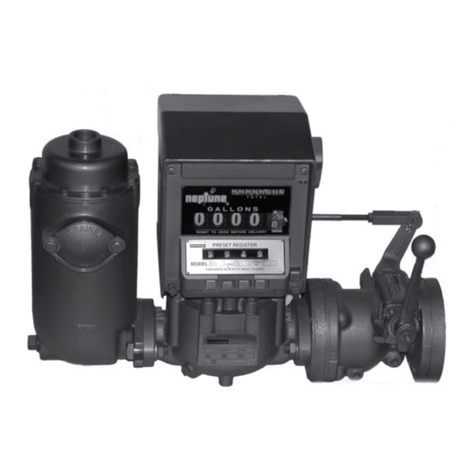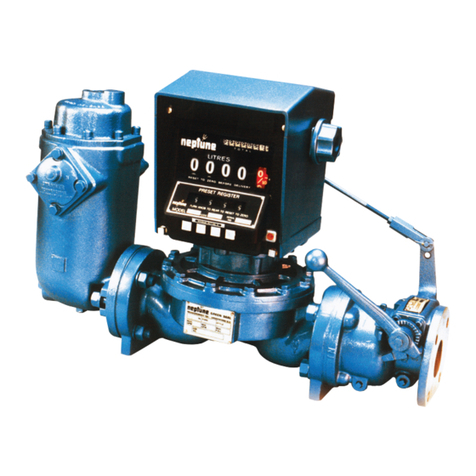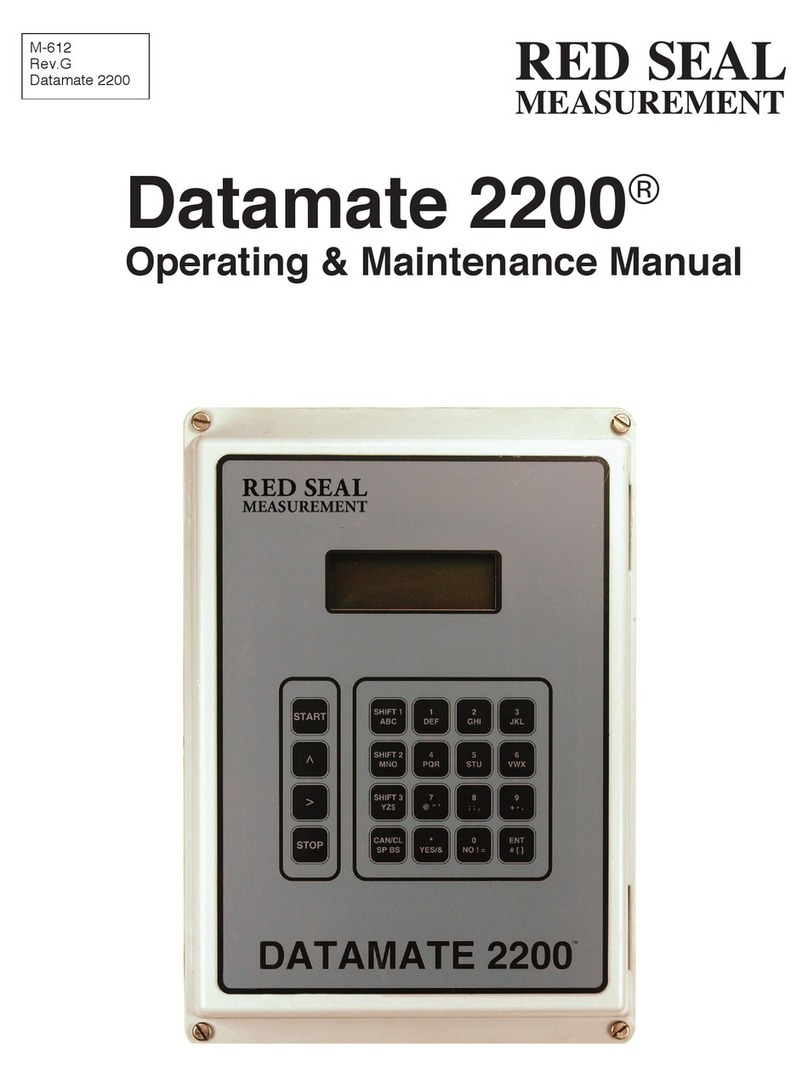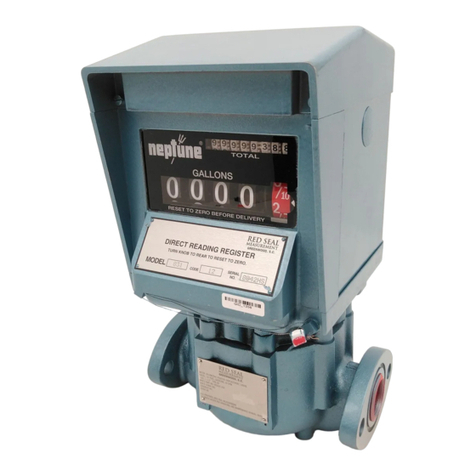
2
WARNINGS, CAUTIONS AND NOTES
Throughout this manual you will see WARNINGS, CAUTIONS and NOTES. They are here for your
benet and warrant attention. By paying careful attention to them you can prevent injury and
possible equipment damage.
Below are examples:
WARNINGS: INFORM THE READER OF POSSIBLE BODILY INJURY IF PROCEDURES ARE
NOT FOLLOWED EXACTLY.
CAUTIONS: Alert the reader to possible equipment damage if procedures are not followed
correctly.
NOTES: Inform the reader of a general rule for a procedure or of exception to such a rule.
NOTICE
The information contained in this document is subject to change without notice. Red Seal Technologies,
its afliates, employees, and agents and the authors of and contributors to this publication specically
disclaim all liabilities and warranties, express and implied (including warranties of merchantability and
tness for particular purpose), for the accuracy, currency, completeness and/or reliability of the information
contained herein and/or for the tness of any particular use and/or in reliance upon information contained
herein. Selection of materials and/or equipment is at the sole risk of the user of this publication.
This document contains proprietary information, which is protected by copyright. All rights reserved.
No part of this document may be reproduced without prior written consent of Red Seal Technologies.
This equipment is intended for use in Class I, Division 2, Groups A, B, C and D or non-hazardous
locations only.
WARNING - Explosion hazard; substitution of components may impair suitability for
Class I, Division 2.
WARNING - Explosion hazard; do not disconnect equipment unless power has been
switched off or the area is known to be non-hazardous.
Hazardous area approval only valid when connected to an isolated source such as a truck battery.
Power and input & output (I/O) wiring must be in accordance with Class I, Division 2 wiring
methods, Article 501-4 (b), or the National Electrical Code, NFPA 70 for installations in the U.S., or
as specied in Section 18-1J2 of the Canadian Electrical Code for installations within Canada, and
in accordance with the authority having jurisdiction.































